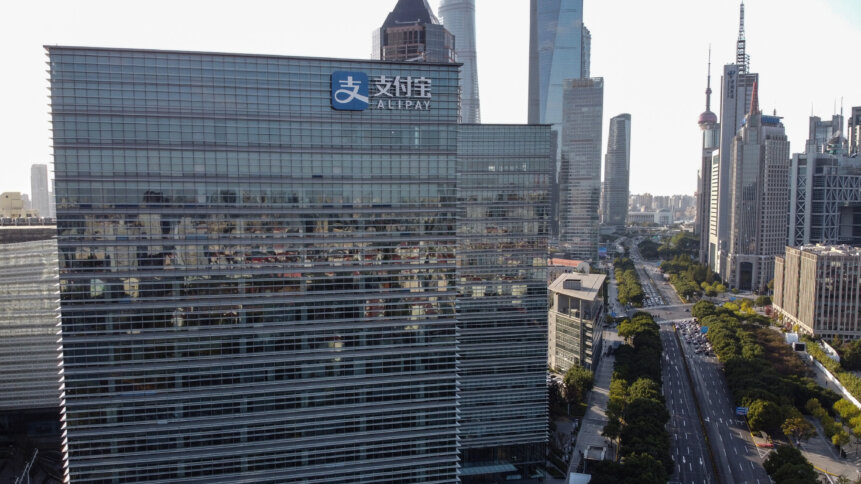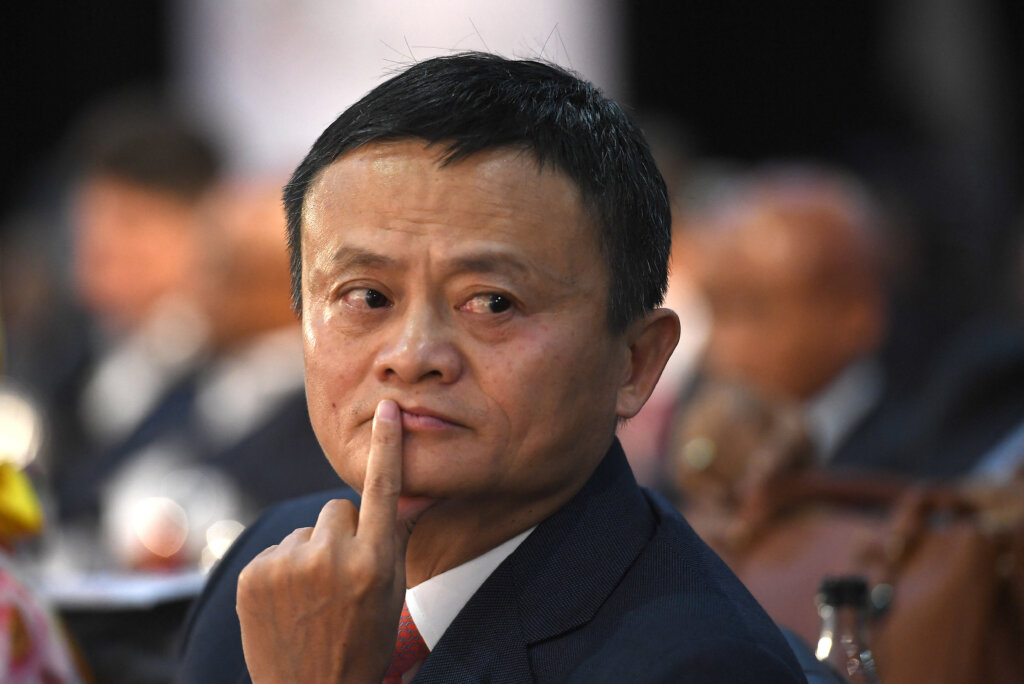The spectacular collapse and restructure of the world’s biggest fintech

- A year after the doomed IPO that was to be the largest of its kind, Ant Group Co has started making it clear to customers if they are borrowing from outside lenders or from the company itself
About a year back in December 2020, Beijing set out on a sweeping restructure on Ant Group — a mere month after derailing the group’s mega US$37 billion IPO. Chinese regulators were ironically concerned about the financial model of the fintech conglomerate. Ant Group didn’t have much choice but to obey.
By February 2021, a restructuring plan was agreed upon between Ant Group and the Chinese regulators under which the fintech giant will become a financial holding company. The plan is basically requiring Ant to revamp its credit business, among other changes that would make it subject to the same set of regulations overseeing financial institutions.
Close to a year later, in November 2021, the Alibaba-affiliated group announced that it is close to completing the restructuring of its popular consumer credit products. Let us take a look at how the Ant Group financial arm, once a shiny example of how a large-scale fintech could service a major financial market, functioned before it was forced to rethink plans, and how it is now.

Alibaba founder Jack Ma controls a third of Ant Group. (Photo by STRINGER / AFP)
Ant Group pre-failed IPO
For context on how big its offerings are, Ant — which is 33% owned by Alibaba Group Holding Ltd. — processed more financial payments than any other company in the world. It runs the largest mobile payment platform, the largest money market fund in the world. It is also the largest financial technology organization in the world and is worth far more than any of China’s ‘Big Four’ state-owned banks.
In essence, Ant Group created financial products to serve the underserved masses including payments, credit, health insurance, and investments. Without a doubt, its products were widely popular among Chinese consumers and small businesses — among the key reasons for Chinese watchdogs to derail its mega IPO two days before the scheduled listing in November last year.
According to the firm’s prospectus filed last year, credit loan products contributed nearly 40% of Ant’s revenues in the six months ended June 2020. The main products comprised of Huabei (‘Spend’), launched in 2014 for daily expenditures by consumers, functioning much like a virtual credit card. Then a year later came Jiebei (Borrow), a credit product for larger consumption transactions.
Based on the old model, Ant originated loans that were then underwritten by third-party banks and other financial institutions. The firm’s prospectus shows that as of June 2020, about 98% of Ant’s credit balance originated through its platform were underwritten by its partner financial institutions or securitized.
This means that Ant funded only 2% of the 1.73 trillion yuan of loans, the equivalent of US$271 billion, by itself. Collectively, both products were used by about half a billion people in China, and accounted for nearly a fifth of the country’s outstanding short-term consumer debt as of June last year, a Wall Street Journal report indicates.
How does the Group function now?
The overhaul had required Ant Group to set up a new consumer-finance company with several other companies in June this year. Ant also folded its credit business into the new entity. According to various reports, since early last month, Ant started to differentiate Huabei and Jiebei products based on the source of funding.
The separation is based on the requirements of the regulations governing Ant’s new consumer-credit company. To put it simply, loans that are funded wholly or partially by Ant will continue to bear the brand names of Huabei and Jiebei. Meanwhile, consumer-credit services financed by other financial institutions will be called Xinyonggou which means “buy with credit.” Similarly, consumer loans funded by other financial institutions will be called Xinyongdai, or “credit loan.”
The Journal reported that Ant, in a letter to users, said that “the brand differentiation will grow to cover more users” and recommended users to prioritize Xinyonggou over Huabei because the former has a larger credit line.









